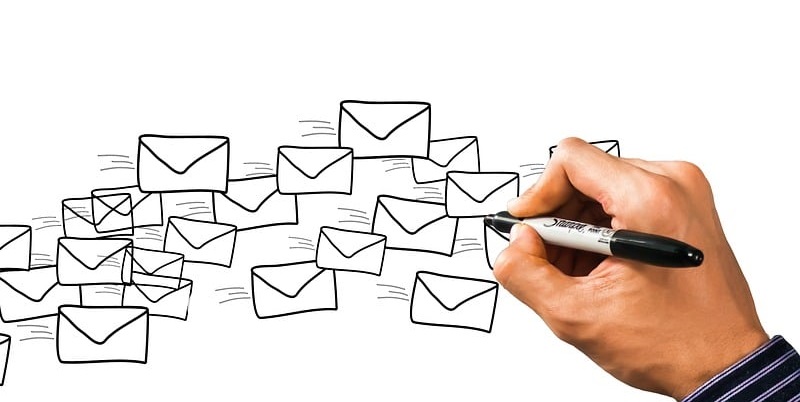Email marketing has become an integral part of any successful marketing strategy. However, the effectiveness of your email campaigns is directly linked to your email deliverability. In this article, we will explore the importance of email deliverability and provide practical tips on how to improve it, ensuring that your messages reach their intended recipients.
Understanding Email Deliverability
Email deliverability measures the ability of your emails to reach the inbox of your subscribers. It’s not just about sending emails, it’s about ensuring they are successfully delivered and seen by your audience. A high email deliverability rate ensures that your messages are not lost in spam folders or blocked by email filters.
Measurement of Emails that Reach the Inbox
The ultimate goal of email marketing is to have your messages read and engaged with. By monitoring the percentage of emails that actually reach the inbox, you can assess the effectiveness of your email campaigns. This metric helps you gauge your audience’s level of interest and adjust your strategies accordingly.
Email Database Degradation
Did you know that, on average, almost a quarter of your email database degrades annually? This degradation occurs due to various reasons, such as inactive email accounts or customers unsubscribing. To combat this, it is essential to regularly clean and update your contacts to maintain high deliverability rates.
Regular Contact Validation
Maintaining a clean and up-to-date contact list is crucial for good email deliverability. By validating your contacts regularly, you can remove invalid or outdated email addresses, reducing the likelihood of bounces and improving your sender reputation. Utilizing email verification services or implementing double opt-ins can help streamline this process.
Audience Segmentation
To improve engagement and response rates, consider splitting your audience into different groups based on their interests, demographics, or behaviour. This segmentation allows you to tailor your email content to specific subsets of your audience, providing them with relevant and personalized messages. By sending targeted content, you increase the chances of recipients interacting with your emails.
Personalization for Engagement
People are more likely to engage with content that feels like it’s made especially for them. Personalization can take many forms, such as using recipients’ names in the subject line or body of the email, including personalized product recommendations, or sending triggered emails based on user actions. By investing time in personalizing your emails, you can foster a stronger connection with your subscribers, leading to better engagement and higher conversions.
Handling Unsubscribes and Spam Complaints
Unsubscribes and spam complaints are inevitable in email marketing. It’s crucial to handle them promptly and professionally. Unsubscribes indicate that a recipient no longer wishes to receive your emails, so it’s important to honor their request and remove them from your mailing list. Similarly, spam complaints pose a significant threat to your sender reputation and email deliverability. Take the necessary steps to address and resolve any spam complaints promptly to protect your reputation.
Managing Spam Complaints
Maintaining a low spam complaint rate is vital for your email deliverability. Aim to keep your spam complaint rate below 0.01%, which means one complaint for every 100 emails sent. To achieve this, ensure that your email content is relevant to your subscribers and that your email list consists only of those who have explicitly opted-in to receive your messages. Regularly monitoring your spam complaint rate and taking corrective actions when necessary will help maintain a positive sender reputation.
Committing to a Regular Sending Schedule
Consistency is key when it comes to email marketing. Committing to a regular sending schedule establishes trust and familiarity with your subscribers, leading to better engagement. Develop a schedule that aligns with your audience’s preferences and industry best practices. Consider factors such as the optimal days and times for sending emails to maximize open rates and deliverability.
Email marketing effectiveness goes hand in hand with email deliverability. By understanding and prioritizing email deliverability, you can ensure that your messages reach the inbox and have a higher chance of being opened and engaged with. Regularly validate your contacts, segment your audience, personalize your content, handle unsubscribes and spam complaints promptly, and commit to a regular sending schedule to foster healthy email deliverability. Remember, it’s not just about sending emails; it’s about delivering the right message to the right audience at the right time.

